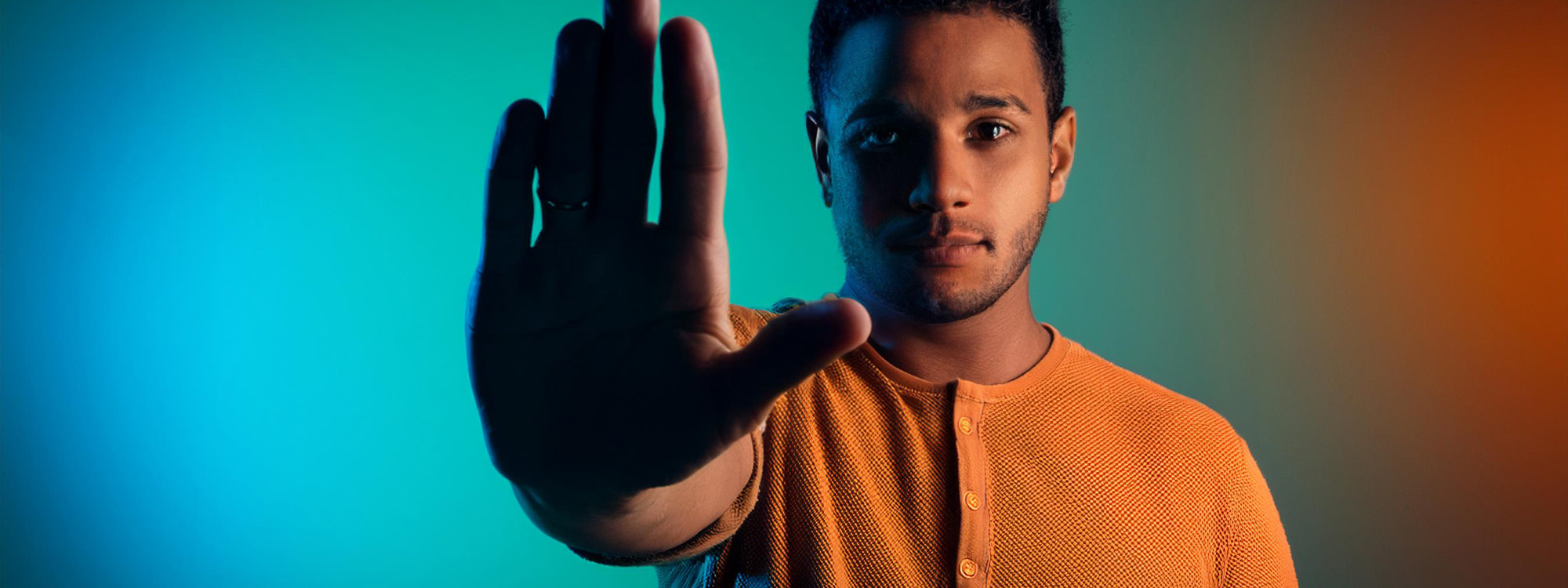| |
Imagine a man who sees a shocking video of a 4-year-old girl being abused. He went looking for this video in particular, and he finds it terrifically exciting. He is excited by what is happening. How do we make sense of this? Ethan Edwards is the co-founder of Virtuous Pedophiles. Blog posts reflect his personal views, and are not statements from the organization. Imagine a man who sees a video of a 4-year-old girl who is crying as she is vaginally penetrated. He went looking for this video in particular, and he finds it terrifically exciting. He is excited by what is happening as he imagines himself the man in the video, along with the idea that the girl is frightened and in pain. After climax, he grins in satisfaction and thinks he must find a way to get more videos like this. That is an enraging scenario to most people. It's easy to see that rage translating into the determination that we should find this man and put him in prison for a long time (setting aside civil liberties issues).This is the very worst CP viewing offense, and in the public mind it stands in for all CP viewing. Yet all indications are that it is a very rare scenario. According to , images where children are not smiling are rare and unpopular. When CP viewers are caught, police reports often refer to "thousands of images, including twelve of the worst sort of abuse". This does not take account of the fact that CP images are usually downloaded in bunches which can include different kinds of material and there is no evidence that the man was interested in those few images. Even if he did seek out some of those images, it is not clear that he viewed them with erotic intent instead of fascination, horror and sympathy.
To run afoul of laws against CP viewing does not require anything like the worst scenario. Subject to the same penalties are a journalist who has downloaded images to study them, someone who got the images accidentally, or someone who just wants extreme images because they are extreme with no erotic interest. Police may soothingly claim that they only prosecute cases where they have other evidence that the man is a pedophile. The implication is that pedophilia itself is worth punishing, which we also see in laws with harsh penalties for erotic material that involves no children at all — lolicon and shotacon, virtual CP with graphics, and (outside the US) erotic fiction with no images at all.
One justification for punishing CP viewing by pedophiles is that they all also abuse children, so the provable crime stands in for the ones that mostly go undetected. The link is in fact not strong — and nowhere else in law would we think it just to punish someone because 50% of the people who do a certain activity also commit a serious crime. Another is that it creates a market for the abuse of the children. This may have been true in the distant past where people actually bought physical images, but is almost completely false in today's world where images are overwhelmingly traded for free — and the producers produce for their standing within a small community of other amateur producers.
Among thoughtful people, rage might be less at a man who looks with guilty arousal at pictures of children who are smilingly exposing themselves or masturbating and who feels great remorse after climax. How can we separate this scenario from the worst one? One way would be research — categorizing different sets of images and how often they are accessed, and looking for patterns across different CP offenders. A minimum would be disclosure to a free press, who could characterize what they see in qualitative terms. Yet police in fact hide all such information from public view and scrutiny. Why? In the wake of highly publicized child sex abuse, cash has flowed to law enforcement to combat it. Unable to effectively find and prosecute those who actually abuse children, the police use the money to track down those who view images. To keep the money flowing, they have an interest in portraying the people they catch in the most heinous terms possible. That could be one factor. Organizations also arguably try to keep as much information private as possible, and as long as the public tolerates keeping CP images away from press and researchers, police will happily do so.
Yet the indisputable truth is that a man who merely downloads images and looks at them in the privacy of his own home is not by that action causing direct harm to anyone.
In contrast, CP producers are engaged in very serious child sex abuse, and it is just and fitting to track them down and punish them harshly in the rare cases where they can be found. I find the worst kind of CP to be horrifying, and am also deeply troubled by the idea of CP with smiling children who were coerced into what they are doing or are (at the very least) unaware at their age of what the material means and how it will be used. Yet I try to separate my own emotional reactions from how the legal system should react to something.
Returning to those who only view it, we have here all the trappings of injustice. We assume the worst possible motive for a hated group, and prosecute them for activity that is linked only indirectly and tenuously to harm, where the evidence against them is concealed from independent scrutiny. In fact, the pedophiles' motivation for the CP viewing is not a desire to cause harm, but a usually tormented, guilt-ridden attempt to achieve a measure of sexual satisfaction — which they must not express directly, and for which they have instead chosen a way that in fact causes no direct harm to anyone.
You can be deeply uncomfortable with pedophilic attraction and still recognize this as injustice.
About the author: Ethan Edwards is a pseudonym. I am a pedophile, always celibate, and I have never seen child pornography. My attraction is strongest to girls around 4 years old, but I am also attracted to girls and women up through their 30s or beyond. Now in my late 60s, I'm divorced and living alone. I was married for over 10 years and was heavily involved with raising my 3 daughters. For most of my career I was a successful software engineer. I am very unusual for a pedophile in that I didn't realize that I was one until I was in my 50s—but it was there all along. I am angry that we all must remain silent or risk losing everything. That was my mindset when I co-founded Virtuous Pedophiles in 2012. I soon learned of the the terror of the typical pedophile who realizes as a teenager that his attraction isn't going to go away, who has nowhere to turn for help. The injustice I am most passionate about is the harsh legal penalties imposed on pedophiles who passively view illegal images of children. I stepped down from my role as a director of Virtuous Pedophiles early in 2024 and am delighted to pass the mantle on to a younger generation. This content was taken from Ethan's longstanding blog, Celibate Pedophiles. Some of the titles and taglines have been edited for their inclusion at thepword.
You can see an earlier version of the blog at the wayback machine. | |






 private sexual thoughts do not violate a child's rights
private sexual thoughts do not violate a child's rights i'm a pedophile, you're the monsters: my week inside the vile right-wing hate machine
i'm a pedophile, you're the monsters: my week inside the vile right-wing hate machine thread: where do anti-contacts come from?
thread: where do anti-contacts come from?